 It is the middle of Labor Day weekend, which means that things are slow in the world of comics news, and fast in the world of drinking whiskey to forget you still have a job to go to on Tuesday.
It is the middle of Labor Day weekend, which means that things are slow in the world of comics news, and fast in the world of drinking whiskey to forget you still have a job to go to on Tuesday.
So Amanda and I use this lull to idly speculate who might be a good casting choice for Doctor Strange in the upcoming Phase 3 Marvel movie. And not only that, but we got ourselves out to see the currently-in-theaters Sin City: A Dame To Kill For adaptation of Frank Miller’s hard boiled crime comics… and we had remarkably different reactions to the flick. Specifically regarding Eva Green’s casting as Ava Lord, Eva Green’s ability to portray Ava Lord, and Eva Green’s qualifications as an actress beyond the ability of some of her bodily appendages to defy constant gravitational forces. We also talk about the other parts of the movie.
We also discuss:
- All-Star Western #34, written by Jimmy Palmiotti and Justin Gray, with art by Darwyn Cooke, and
- Silver Surfer #5, written by Dan Slott with pencils by Mike Allred!
And now the disclaimers:
- We record this show live to tape. While this might mean a somewhat looser comics podcast than you are used to, it also means anything can happen. Like discussions about new supervillain Whistle Pig.
- This show contains spoilers. While we try to shout out warnings before spilling secrets, be on notice that spoilers can happen at any time.
- Amanda and I use explicit, adult language, and therefore this show is not safe for work. Before listening without headphones, please see the earlier note about the discussion vis a vis Eva Green’s bodily appendages. Get some headphones.
Podcast: Play in new window | Download (Duration: 1:15:06 — 60.6MB)
Subscribe: Apple Podcasts | Android | Google Play | Stitcher | TuneIn | RSS | More
Enjoy the show, suckers!
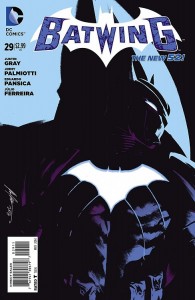
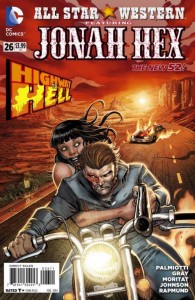
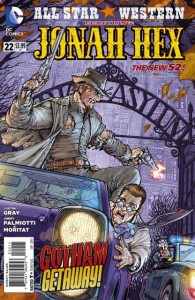
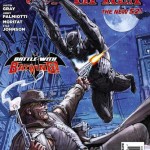
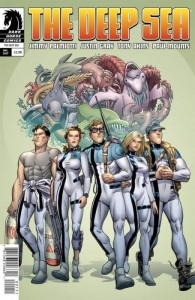

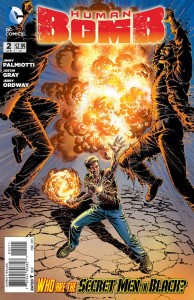
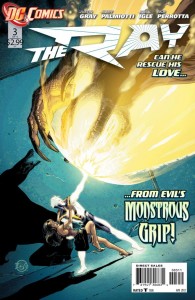
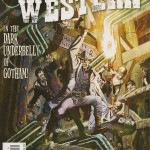
 Podcast RSS Feed
Podcast RSS Feed iTunes
iTunes Google Play
Google Play Stitcher
Stitcher TuneIn Radio
TuneIn Radio Android
Android Miro Media Player
Miro Media Player Comics Podcast Network
Comics Podcast Network